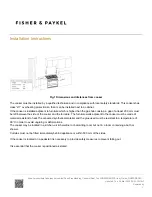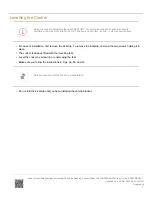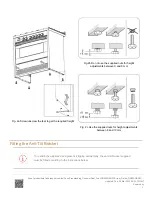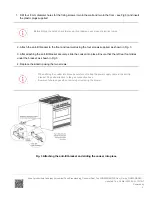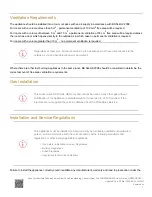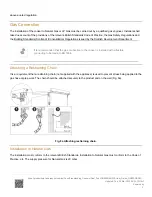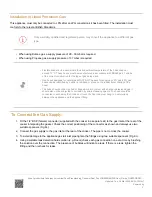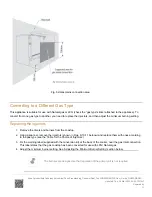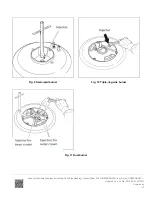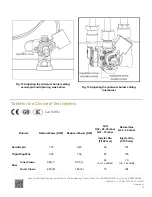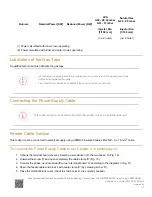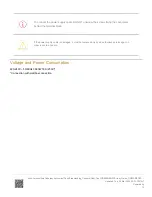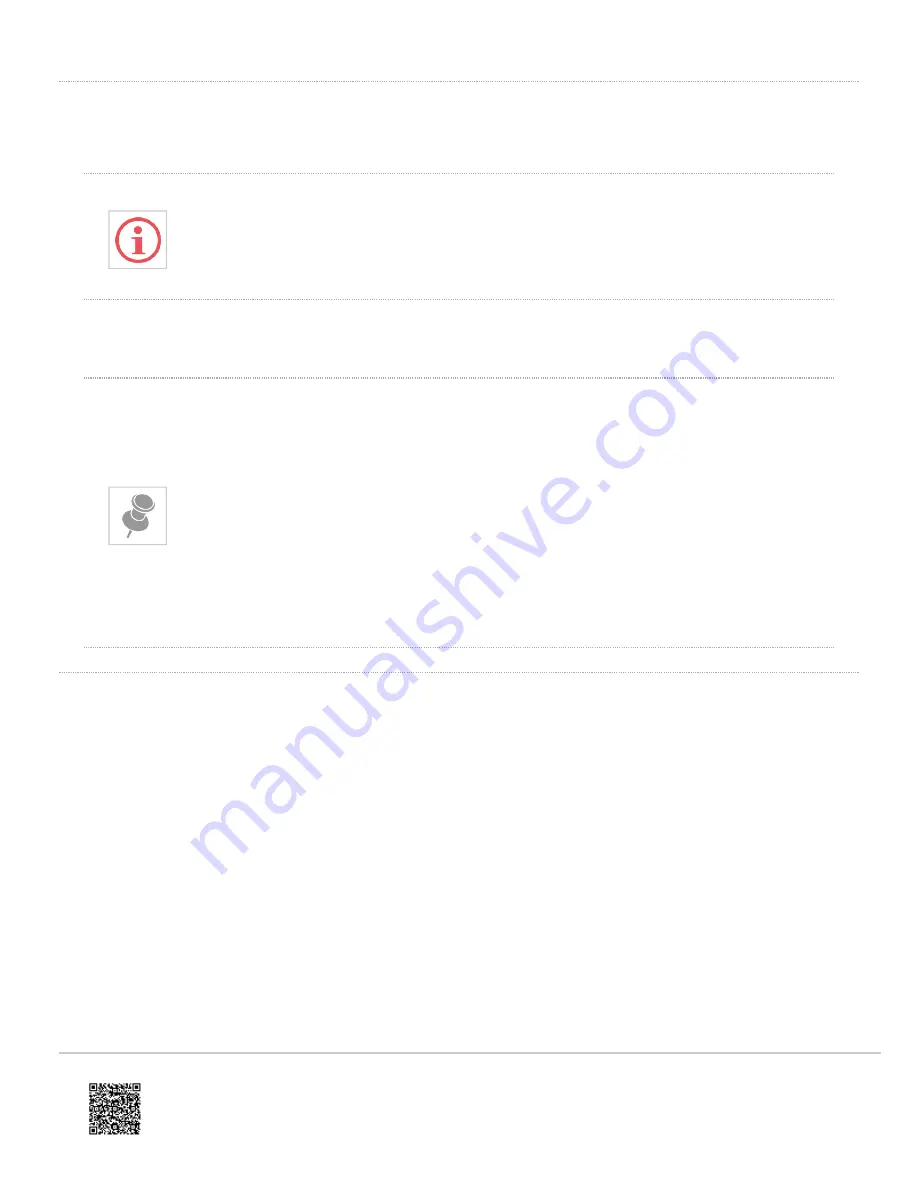
Installation to Liquid Petroleum Gas
This appliance must only be connected to LPG after an LPG conversion kit has been fitted. The installation must
conform to the relevant British Standards.
Only a suitably qualified and registered person may convert the appliance to a different gas
type.
• When using Butane gas a supply pressure of 28 - 30 mbar is required.
• When using Propane gas a supply pressure of 37 mbar is required.
• Flexible hoses can be used where the sited ambient temperature of the hose does not
exceed 70°C. These hoses must be manufactured in accordance with BS669 part 1 and be
of the correct construction for the type of gas being used.
• Gas hoses designed for natural gas MUST NOT be used for supplying LPG gas (LPG gas
hoses can be identified by a either a red band or stripe on the rubber outer coating of the
hose).
• The hose should not be crushed or trapped or be in contact with sharp or abrasive edges. It
should also not be subjected to corrosion by acidic cleansing agents. The hose should be
connected in such away that it does not touch the floor and must hang in a natural loop
between the appliance and the bayonet fitting.
To Connect the Gas Supply:
1. Fit the 1/2” BSP (female) connector (supplied with the cooker in a separate kit) to the gas inlet at the rear of the
cooker interposing the gasket. Check the correct positioning of the connector as shown and always use two
suitable spanners (Fig 8c).
2. Connect the gas supply to the gas inlet at the rear of the cooker. The pipe is not to cross the cooker.
3. To avoid damage to the appliance gas rail inlet pipe tighten the fittings using two suitable spanners (Fig. 8c).
4. Using a suitable leak detection fluid solution (e.g. Rocol) check each gas connection one at a time by brushing
the solution over the connection. The presence of bubbles will indicate a leak. If there is a leak, tighten the
fitting and then recheck for leaks.
Updated: Thu, 26 Mar 2020 03:34:19 GMT
Powered by
9

